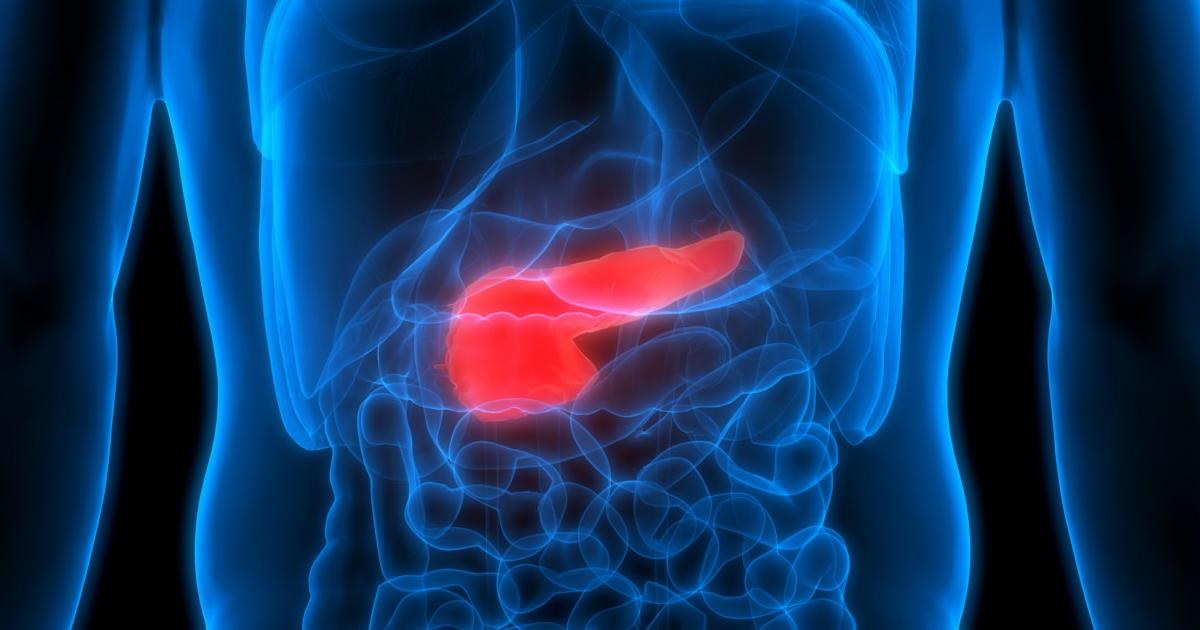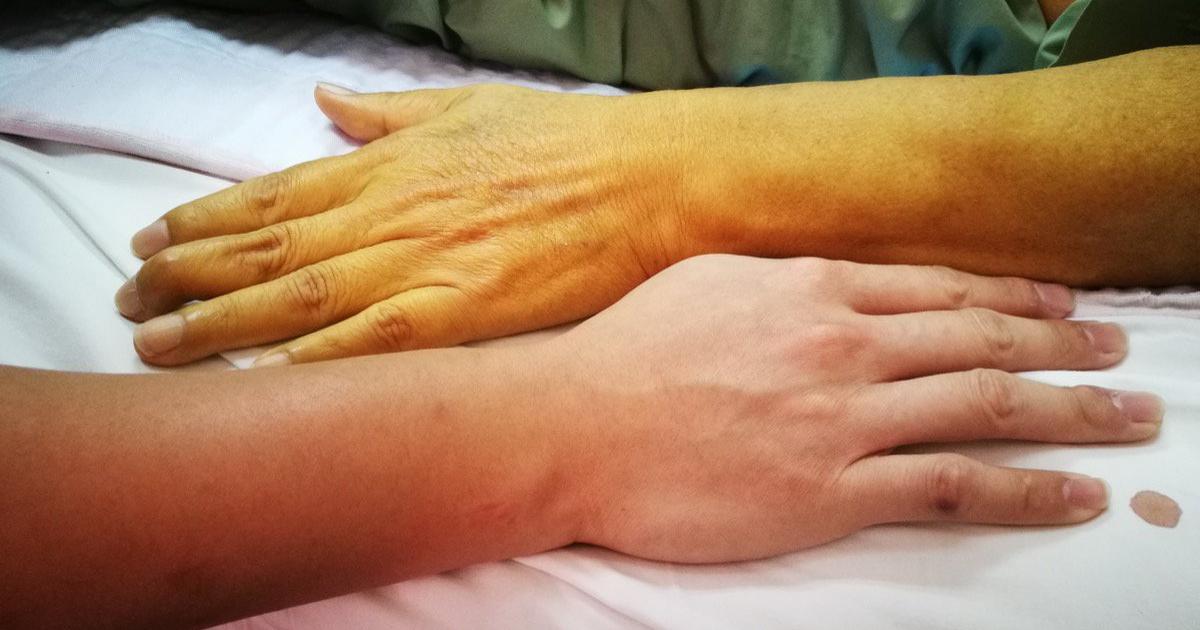What Are The Symptoms Of Ampullary Cancer?
Ampullary cancer is a type of uncommon malignancy that develops in the area of the digestive system called the ampulla of Vater. This area is where the ducts that come from the pancreas and gallbladder attach to the small intestine to secrete substances necessary for healthy digestion. Because of its proximity to other digestive system components, ampullary cancer often spreads and affects the normal function of other organs such as the pancreas, small intestine, liver, and gallbladder. This type of malignancy is diagnosed with the use of medical imaging, diagnostic endoscopy, and tissue biopsy. The preferred and most effective treatment for ampullary cancer is surgical removal of the tumor. This objective is usually accomplished with a procedure called a pancreaticoduodenectomy. Although ampullary cancer is rare, its symptoms can mimic those of other unrelated conditions.
Pancreatitis

Pancreatitis is a condition that occurs when the pancreas becomes inflamed. The pancreas is the gland that sits behind the stomach and is responsible for producing enzymes that assist with healthy digestion. These enzymes also help manage the way the body metabolizes glucose. Pancreatic inflammation happens when the digestive enzymes are not released into the small intestine before they become activated. As a result, the enzymes take their digestive actions out on the tissues of the pancreas instead of the food inside of the small intestine. Pancreatitis causes patients to experience symptoms such as fever, abdominal pain, rapid pulse, and vomiting. Ampullary cancer can cause episodes of acute or sudden pancreatitis. The digestive enzymes in a healthy individual leave the pancreas and flow through a duct, then pass through the ampulla of Vater and empty into the small intestine. In a healthy digestive system, these enzymes would generally make their full journey to the small intestine before they become activated. The tumor in ampullary cancer patients obstructs the duct, and it stops the normal movement of the enzymes. These enzymes accumulate in the pancreas as a result, and pancreatitis occurs once activated.
Uncover more symptoms of ampullary cancer now.
Back Or Abdominal Pain

Over half of all ampullary cancer patients will present with intense back or abdominal pain as a result of their growing tumor. This pain is a occurs due to the backup of digestive substances, compression of gastrointestinal system tissues, and sometimes the restriction of blood flow to areas around the ampullary tumor. Because cancer is characterized by rapidly growing masses of cells located in places where they do not belong, ampullary tumors may stop the flow of bile and digestive proteins into the intestine. Bile can build up in the liver causing inflammation and sometimes permanent damage to its tissues. Digestive enzymes also tend to back up into the pancreas, which causes pancreatitis to occur. Both instances of inflammation are known to result in what can only be described as excruciating pain. The pain resulting from the effects of ampullary cancer is usually located in the middle of the abdomen when it involves the liver, the right side of the abdomen when it involves the gallbladder, and the middle of the back when it involves the pancreas. Lower abdominal pain may occur as well if the tumor grows down into the small intestine, and it compresses the surrounding tissues and blood vessels.
Continue reading to reveal more warning signs of ampullary cancer now.
Pruritus And Jaundice

Pruritus and jaundice are common manifestations in individuals who have ampullary cancer. Jaundice is a condition that causes the skin and the white parts of the eyes to acquire a yellow tint. Jaundice occurs in ampullary cancer patients because their tumor grows and blocks their bile duct. A yellow colored substance the liver metabolizes or bile moves through the bile duct, and then into the small intestine where it is further broken down. After that, the leftovers of the broken down bile are excreted through the urine. When a tumor obstructs the flow of bilirubin into the small intestine, it will begin to accumulate and leech back into the individual's blood. When bilirubin levels in the blood become too high, the skin and whites of the eyes will take on a yellow appearance. This yellow appearance is called jaundice.
Pruritus or an itching sensation of the skin occurs in individuals with ampullary cancer because of salts present in the bile when it builds up in the blood. Bile salts trigger the release of histamine by the immune system, which causes itchiness to occur around the body. Most ampullary cancer patients who present with jaundice will also present with pruritus.
Get more details on ampullary cancer symptoms now.
Nausea And Vomiting

Nausea and vomiting are common symptoms that occur in individuals with ampullary cancer. Several mechanisms can independently or cumulatively cause a patient with this type of cancer to feel and get sick to their stomach. The tumor in the ampulla of Vater can cause a restriction of the duodenum and bile ducts. A restricted duodenum prevents food from moving from the stomach into the small intestine at the rate it should. This retention of food in the stomach can result in rotting and toxicity, causing nausea and vomiting. A restricted bile duct causes jaundice or bilirubin accumulation in the blood. This high bilirubin level in the blood is a form of toxicity that can trigger a response of nausea and vomiting. Pancreatic enzymes can back up into the pancreas and cause inflammation, which interferes with the pancreas' normal function. One of the functions that may become impaired is the proper control of blood glucose. When the levels of glucose in the blood are not managed correctly, the extreme swings between high and low can cause a patient to feel or get sick.
Learn more about the signs indicating ampullary cancer now.
Gastrointestinal Bleeding

Some ampullary cancer patients may experience gastrointestinal bleeding leading to iron deficiency and other life-threatening problems. The bleeding that occurs in the gastrointestinal tract due to ampullary cancer can happen because of several factors. Some types of malignant tumors have a higher chance of ulcerating then other types do. Ulceration occurs when there is a break in the surface of an organ that causes the surface cells to die and fall off. Ulceration may occur in an ampullary tumor and cause persistent gastrointestinal bleeding. Another mechanism that may cause excessive bleeding of the gastrointestinal tract as a result of ampullary cancer is the metastasis of the tumor into the small intestine. When cancerous cells invade the tissues lining the small intestine, its protective mucosal barrier becomes compromised. This barrier protects against intestinal perforation and corrosion from digestive juices. Corrosion or proliferation of intestinal tissues caused by malignant cells can manifest as gastrointestinal bleeding in individuals with ampullary cancer.
